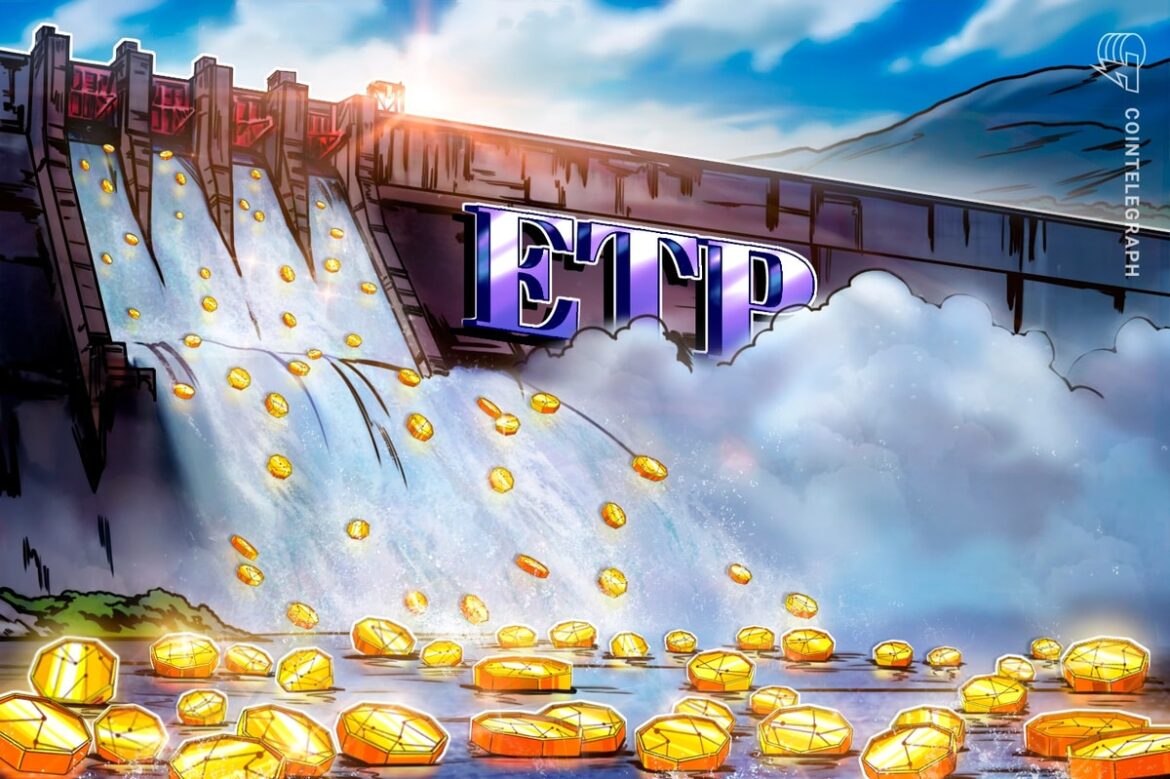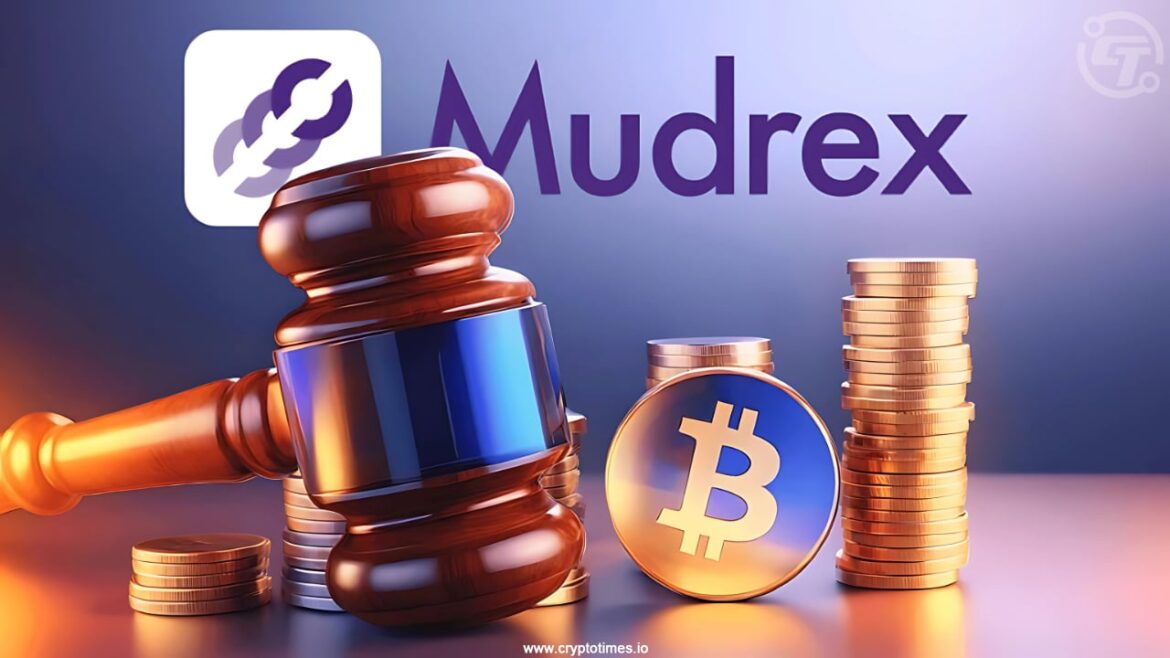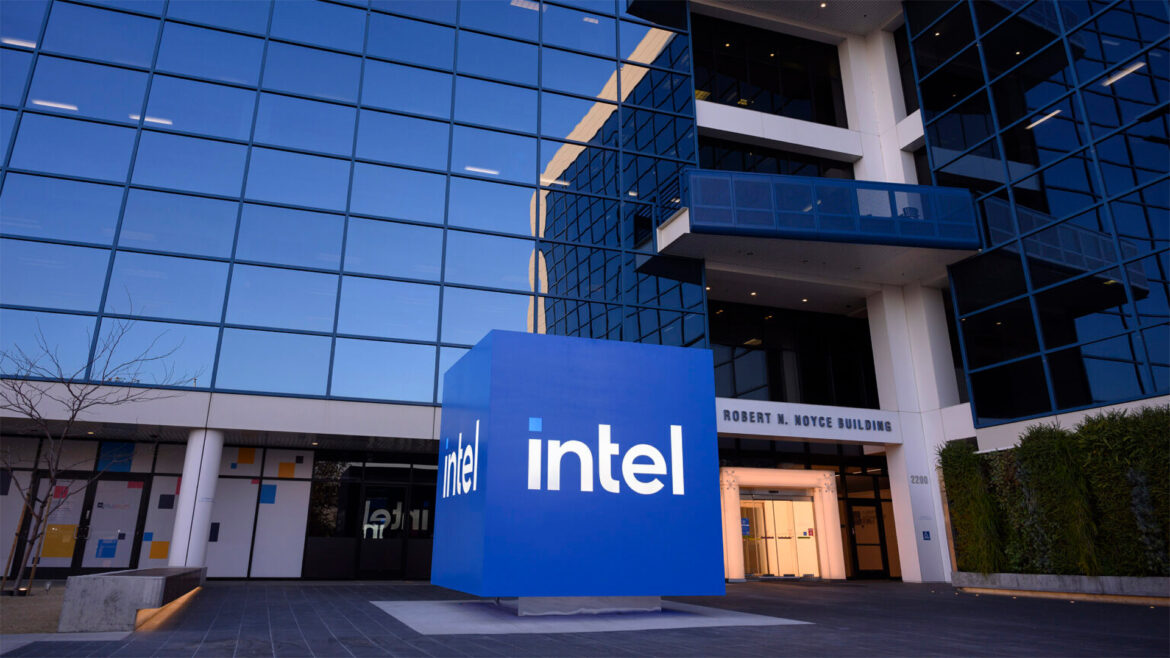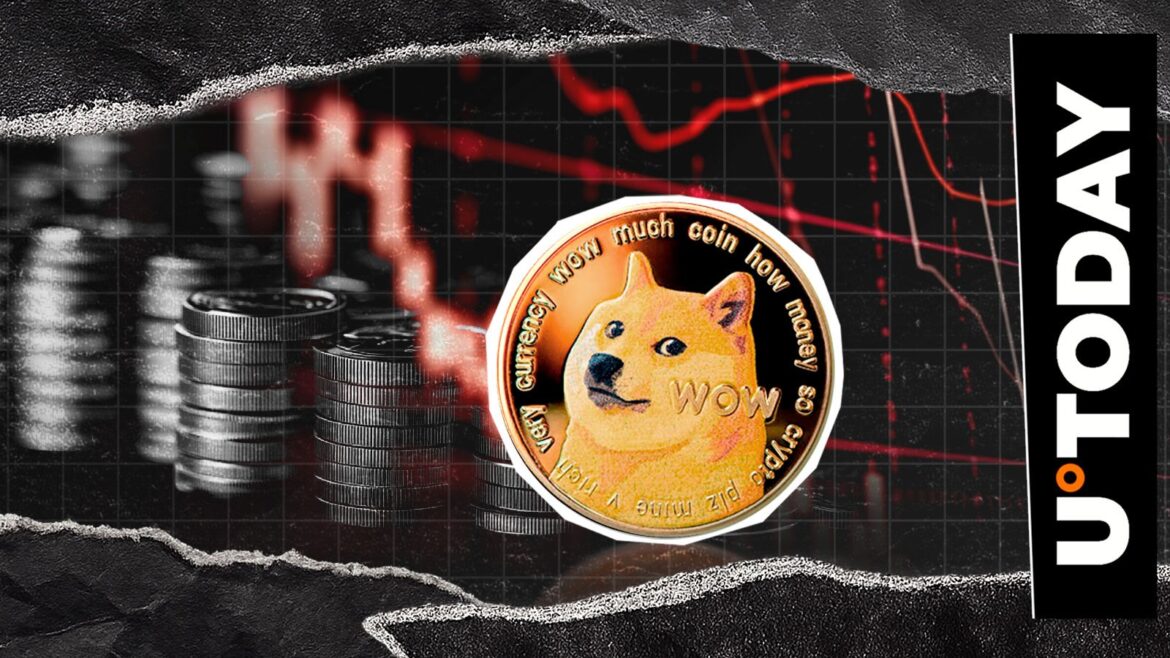Switzerland-based 21Shares, one of Europe’s largest issuers of crypto exchange-traded products, has launched the first fund tied to dYdX, a decentralized exchange (DEX) specializing in perpetual futures.
According to an announcement shared with Cointelegraph, dYdX has processed over $1.4 trillion in cumulative trading volume and lists over 230 perpetual markets. The dYdX Treasury subDAO supports the physically backed product through a decentralized finance (DeFi) treasury manager, kpk.
By positioning dYdX within a regulated exchange-traded product (ETP), 21Shares said it is creating an on-ramp for institutions.
“This launch represents a milestone moment in DeFi adoption, allowing institutions to access dYdX through the ETP wrapper – utilizing the same infrastructure already in use for traditional financial assets,” Mandy Chiu, head of financial product development at 21Shares, said in the statement.
Staking, or locking up tokens to help secure a blockchain network in exchange for rewards, will be added shortly after launch, a 21Shares spokesperson told Cointelegraph. “Will introduce DYDX staking and an auto-compounding feature — generating rewards auto-compound into DYDX token buybacks.”
The release also outlined dYdX’s expansion roadmap, including Telegram-based trading later this month, a forthcoming spot market starting with Solana, perpetual contracts tied to real-world assets such as equities and indexes, along with a fee discount program for dYdX stakers and broader deposit options spanning stablecoins and fiat.
The 21Shares dYdX ETP will launch on Euronext Paris and Euronext Amsterdam under the ticker symbol DYDX.
Related: Hyperliquid token gains institutional access with new 21Shares ETP
Kraken, Cboe and Bitget highlight demand for crypto derivatives
The launch of the dYdX ETP comes as both traditional and centralized crypto exchanges are expanding their crypto derivatives offerings — financial contracts that let traders speculate on the price of digital assets without owning them directly.
In the US, Kraken launched its CFTC-regulated derivatives arm in July following a $1.5 billion acquisition of futures broker NinjaTrader. The derivatives platform provides access to CME-listed crypto futures.
On Tuesday, Cboe, one of the world’s largest exchange operators, announced its plans to launch “continuous futures” for Bitcoin and Ether on Nov. 10, pending regulatory review. The contracts will be listed on the Cboe Futures Exchange and designed as single, long-dated products with 10-year expirations.
Cboe said the contracts are modeled on perpetual-style futures that dominate offshore markets but have not been available in a US-regulated setting until now. The exchange described them as giving institutional and retail traders long-term crypto exposure within a centrally cleared, intermediated framework.
Meanwhile, Bitget, a Singapore-based cryptocurrency exchange, reported $750 billion in derivatives volume for August, bringing its cumulative total to $11.5 trillion since launch.
The exchange ranked among the top three global futures venues for Bitcoin and Ether open interest during the month, with BTC futures surpassing $10 billion and ETH open interest trending above $6 billion.
Futures vs. Perpetuals volume growth over the past year. Source: CoinMarketCap
The first regulated crypto derivatives were launched in December 2017, when Cboe and CME introduced cash-settled Bitcoin futures. While Cboe exited the market in 2019 due to low volumes, CME’s contracts grew to dominate US crypto derivatives trading.
Open interest in crypto derivatives, the total value of active futures and perpetual contracts that traders hold, is currently about $3.96 billion in futures and $984 billion in perpetuals, according to CoinMarketCap data.
Magazine: Move to Portugal to become a crypto digital nomad — Everybody else is










